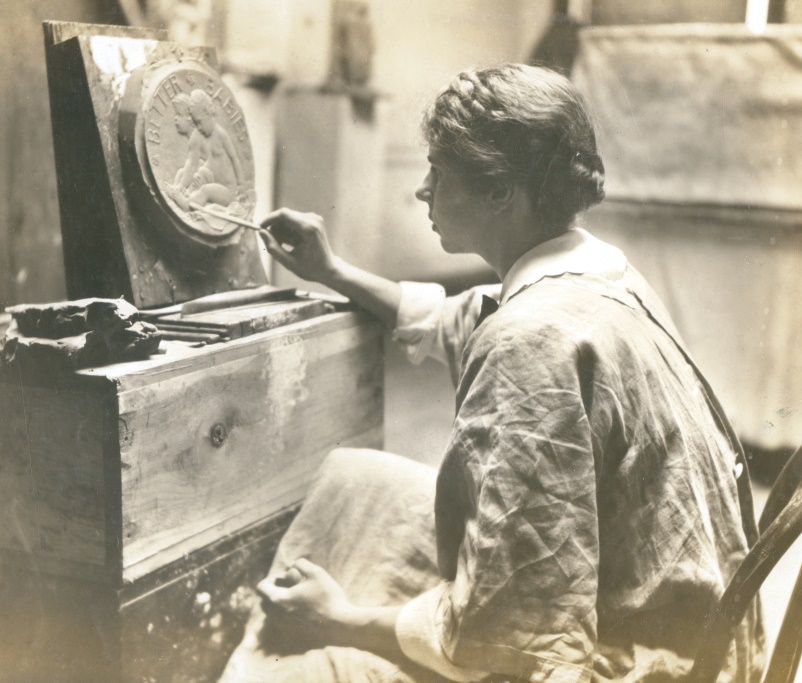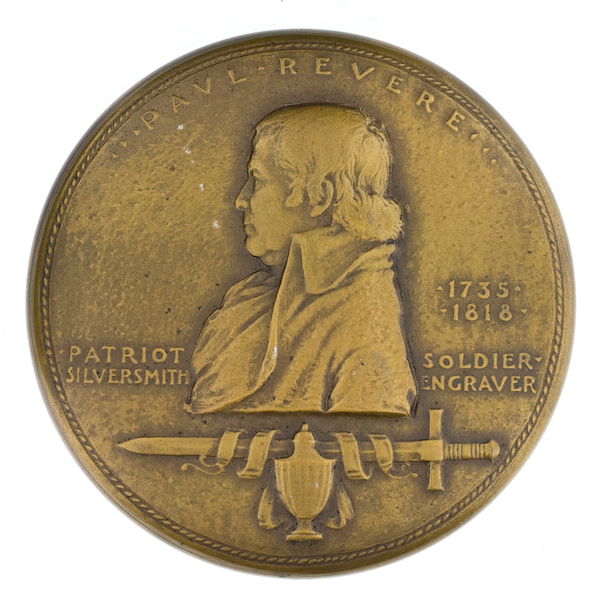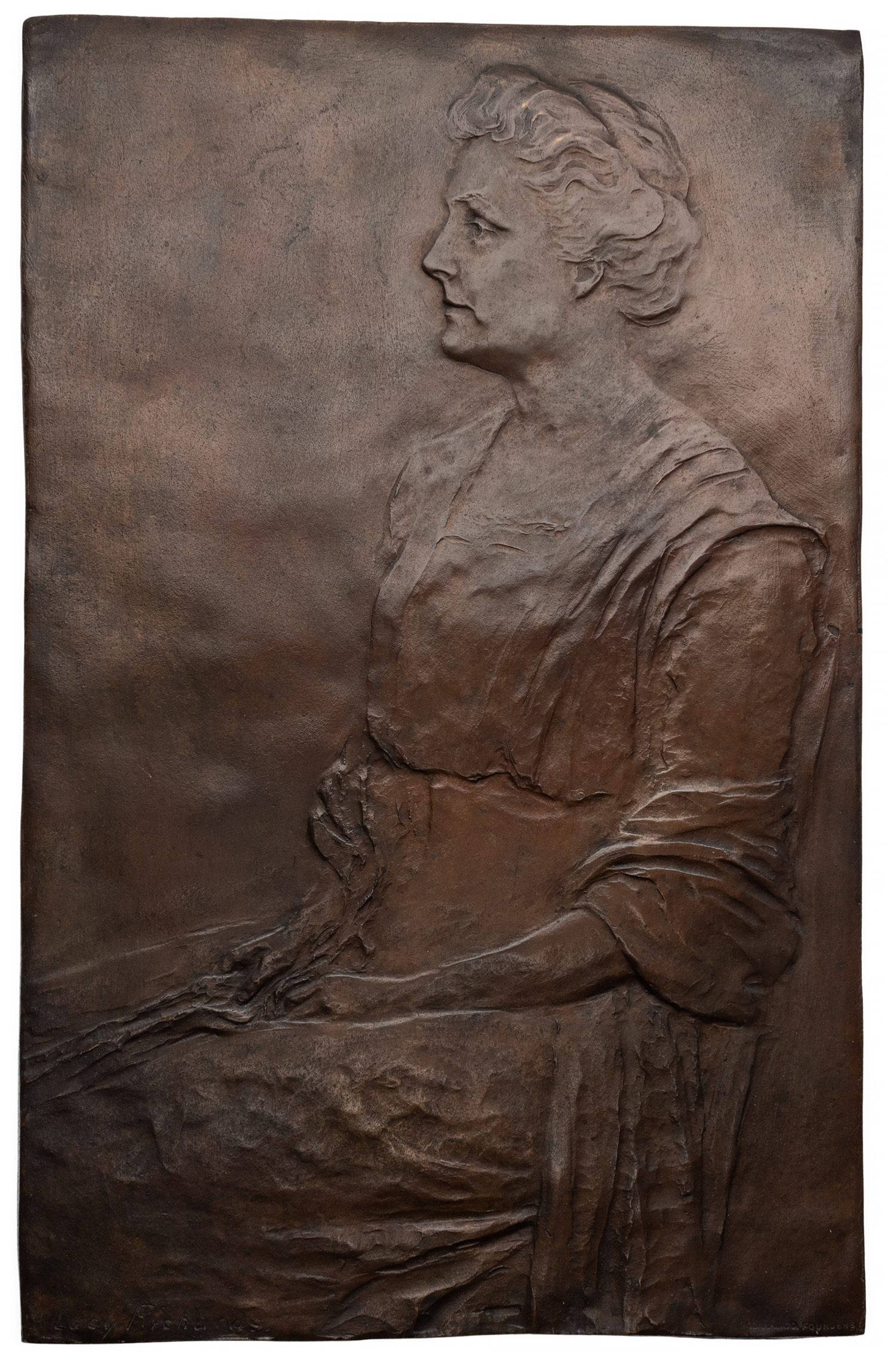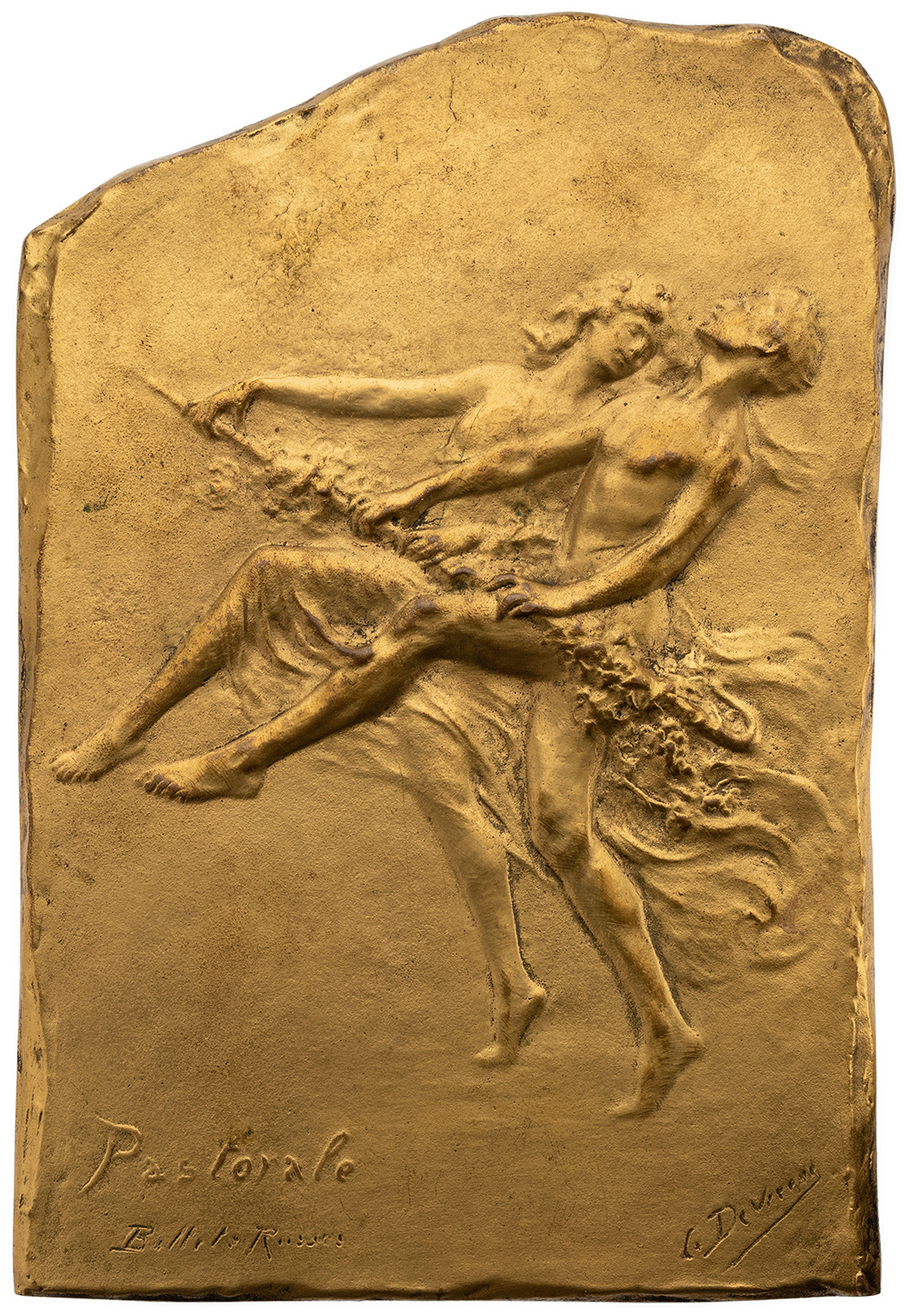Westport’s Suffragists Exhibit
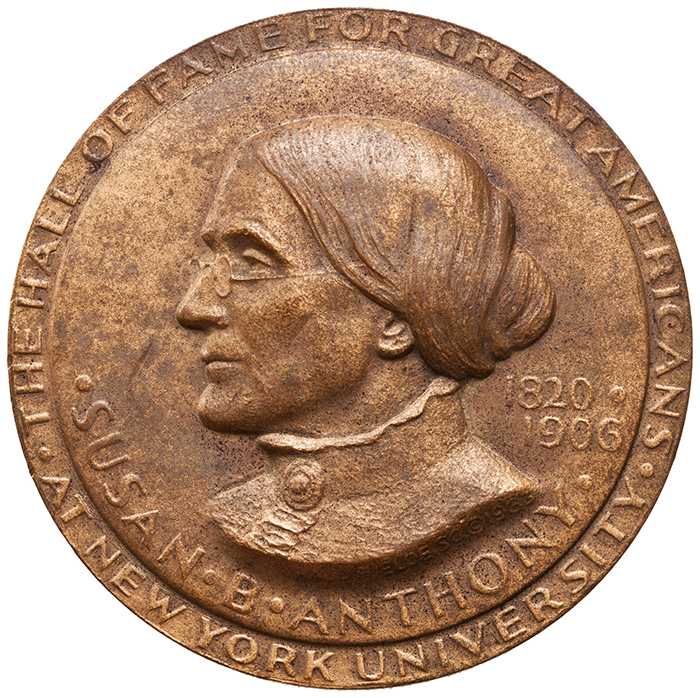
The movement for women’s suffrage rights in the United States had a long history before it achieved success in the twentieth century. The first unsuccessful attempt to offer a universal suffrage amendment in Congress came in 1868. The next was in 1878, an effort led by California Senator Aaron A. Sargent. Although his bill was rejected, it would later be introduced every year for the next 41 years, with women aggressively lobbying Congress to approve it throughout this period. In 1913 hundreds of activists marched into the Capitol chanting, “We want action now!” By 1916, both the Democratic and the Republican party platforms supported women’s suffrage, and in 1919 a women’s suffrage bill was approved by Congress. It was ratified by three-fourths of the states in 1920. Though the 19th amendment was a gender-neutral document, which declared that, “the right of citizens of the United States to vote shall not be denied or abridged by the United States or by any State on account of sex,” Maryland, Virginia, Alabama, Florida, Georgia, Louisiana, North Carolina, and Mississippi waited over 40 more years to accept it.
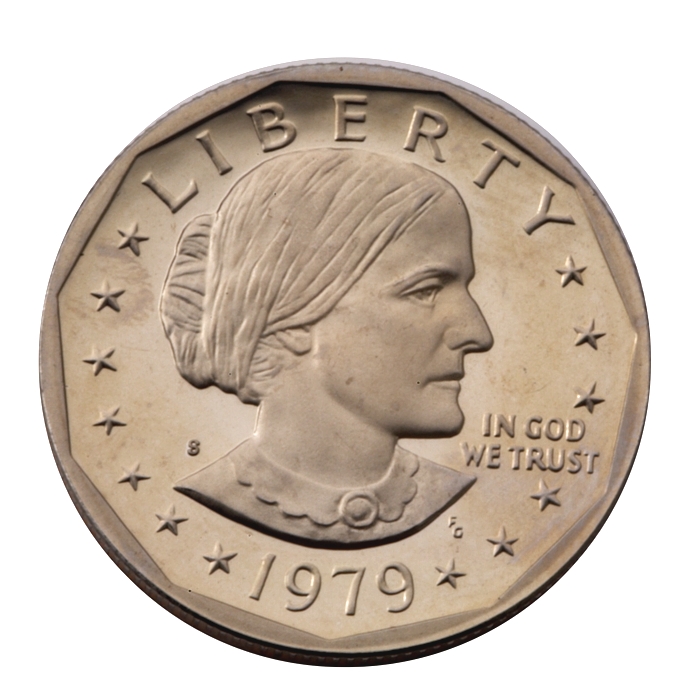
Many women worked to win the vote for women, but a few stand out as particularly influential and crucial. One of the leading figures of the suffrage movement in United States was Susan B. Anthony (1820–1906), and the 19th amendment is also known as the “Susan B. Anthony Amendment” in recognition of her work on behalf of women’s rights (ANS 2001.11.13). On July 2, 1979, she became the first (non-mythical) woman to be featured on a circulating coin from the U.S. mint (ANS 1983.156.41).

This year, many local public organizations in the United States are celebrating the 100th anniversary of the ratification of the 19th amendment. Among them is the Westport Library in Connecticut, which in February opened the exhibit, Westport’s Suffragists—Our Neighbors, Our Crusaders: The 19th Amendment Turns 100. One important object in this show is a medal on loan from the ANS that was designed by Laura Gardin Fraser—sculptor, suffragist, and Westporter. It is a bronze example of the Better Babies medal awarded by the Woman’s Home Companion magazine (ANS 1914.33.1 and Photo).
Laura Gardin Fraser (1889–1966) sculpted everything from coins to larger-than-life monuments. She became the first woman to design a United States coin for national circulation when in 1926 she partnered with her sculptor husband James Earle Fraser to create the Oregon Trail Memorial half dollar. In 1931, she won a competition to design the United States George Washington Bicentennial Medal. The medal served as a souvenir for the celebration of Washington’s 200th birthday in 1933 and also as a prize for a variety of contests in schools across the country. The Westport Library exhibition focuses on the local suffragists of Westport, who helped change the course of history for American women of all succeeding generations, and is therefore a fitting contribution to the nation’s centennial celebration of the ratification of the 19th amendment.


